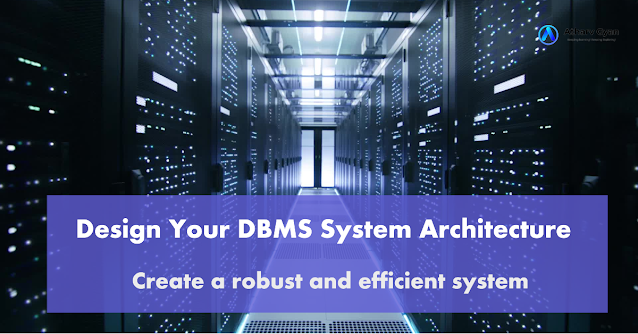DBMS SYSTEM ARCHITECTURE

As noted earlier, a database management system is a complex piece of software that consists of a number of modules. The DBMS may be considered as an agent that allows communication between different types of users with the physical database and the operating system without the users being aware of every detail of how it is done. In addition to providing facilities for defining the database and retrieving information, a DBMS provides facilities for the following: User communication with the system Authentication and authorization Query processing including a syntax checker and translator for the DDL and DML Access path selection Transaction management including concurrency control, logging manager, locking manager and recovery manager Database management including a file manager and the physical database Catalog manager To provide all these facilities and some others, a DBMS has system architecture like the simple architecture The various components of the d...

